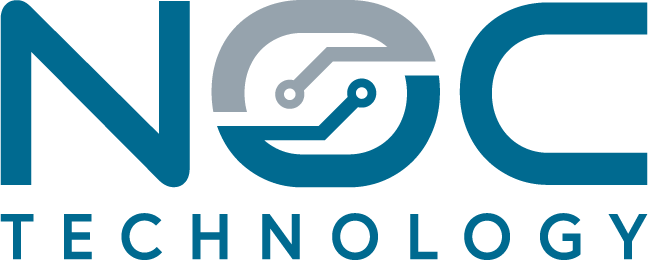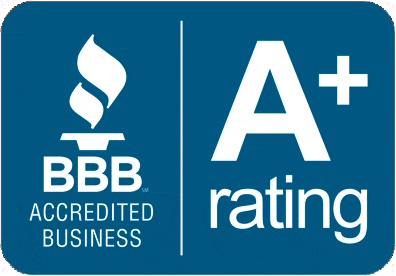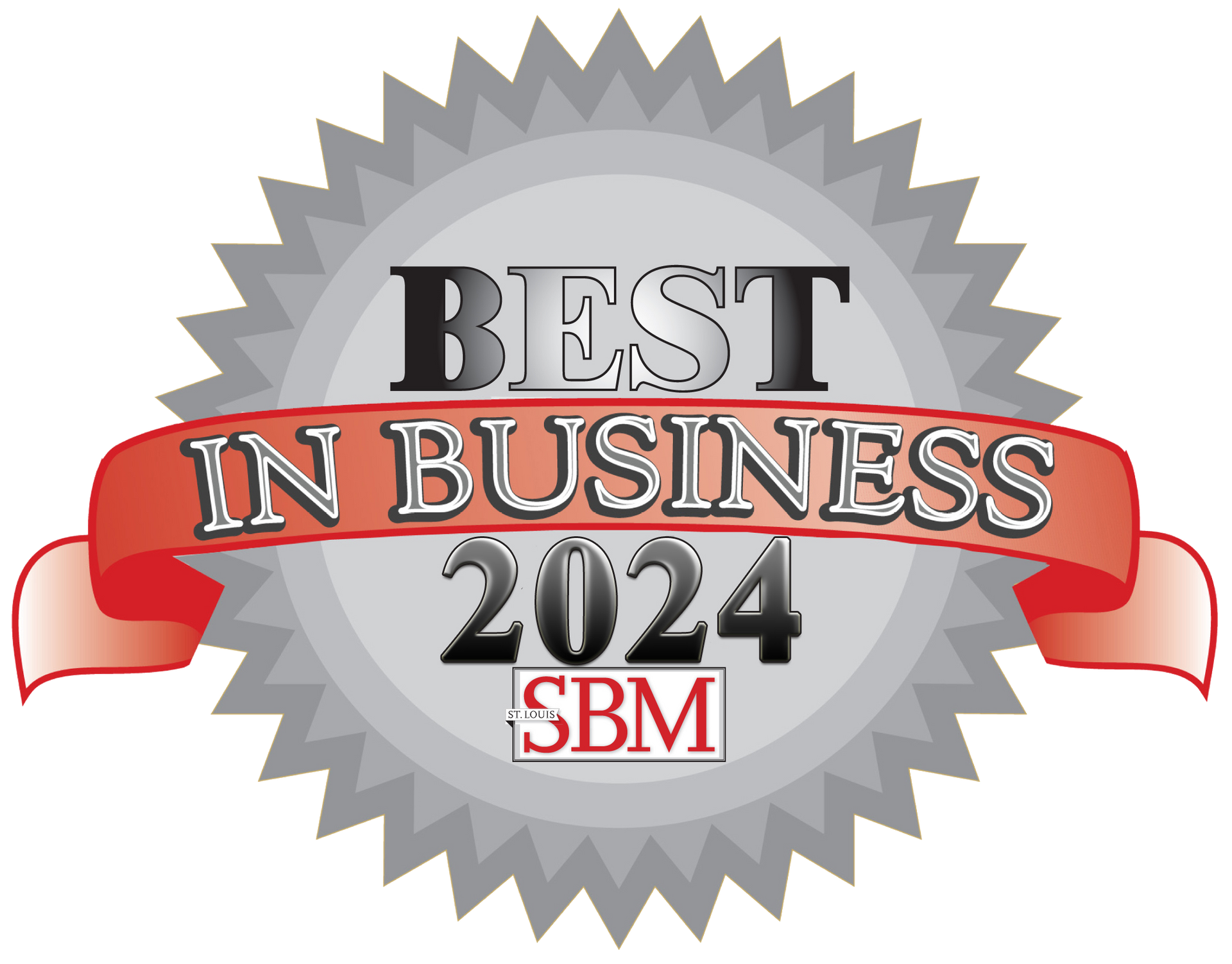St. Louis Medical Device Manufacturers Meet FDA Part 11 Requirements
by Jon Lober | NOC Technology
How Do Medical Device Manufacturers Meet FDA 21 CFR Part 11 Requirements for Electronic Records and Electronic Signatures?
Medical device manufacturers typically spend $25,000 to $75,000 implementing FDA Part 11 compliant IT infrastructure over 4-6 months . Companies with 50-200 employees must focus on validated document management systems, electronic signature controls, and audit trail capabilities that meet FDA inspection standards.
What Electronic Signature and Audit Trail Capabilities Does Your System Need for FDA Compliance?
Your electronic signature system must link each signature to its corresponding electronic record through cryptographic methods that prevent tampering. The FDA requires three core components for Part 11 compliance: unique user identification , time-stamped audit trails , and meaning manifestation (showing what the signer is agreeing to).
For St. Louis medical device manufacturers producing Class II or III devices, audit trails must capture:
- Date and time of every record creation, modification, or deletion
- User identification for each action
- Previous values before any changes
- Reason for changes (especially for critical data)
- System-generated, automatic logging that users cannot disable
Most mid-size manufacturers implement this through a combination of enterprise resource planning (ERP) systems with FDA-validated modules and standalone electronic quality management systems (eQMS). Budget $15,000 to $30,000 for software licensing and initial configuration for a 100-person facility.
Read More: Managed IT Services in St. Louis
Which Document Management Systems Actually Meet 21 CFR Part 11 Requirements for Small Manufacturers?
Three document management systems consistently pass FDA audits for manufacturers with 50-200 employees: MasterControl, Veeva Vault QualityDocs, and Greenlight Guru. Each offers pre-validated Part 11 compliance modules specifically designed for medical device manufacturers.
| System | Annual Cost (100 users) | Implementation Time | Best For | Key Limitation |
|---|---|---|---|---|
| MasterControl | $35,000-$50,000 | 3-4 months | Complex device portfolios | Steep learning curve |
| Veeva Vault | $40,000-$60,000 | 4-6 months | Multi-site operations | Higher cost |
| Greenlight Guru | $25,000-$35,000 | 2-3 months | Startups/single site | Limited ERP integration |
| DocuWare | $15,000-$25,000 | 6-8 weeks | Budget-conscious | Requires validation work |
St. Louis area manufacturers typically choose based on their ISO 13485 certification status and whether they're pursuing 510(k) or PMA approval paths. Companies already ISO certified can implement faster since many procedural controls overlap, but regional consultants typically charge $150-$250 per hour for validation support.
How Do You Implement Access Controls and User Authentication That Pass FDA Audits?
FDA inspectors specifically check for two-factor authentication, role-based access controls, and automatic session timeouts during Part 11 audits. Your authentication system must enforce unique usernames and passwords, with passwords containing at least 8 characters, mixed case, numbers, and special characters.
Critical access control requirements include:
- Authority checks ensuring only authorized individuals can access the system
- Device checks limiting access to validated workstations or mobile devices
- Automatic logoff after 15 minutes of inactivity
- Failed login attempt tracking and account lockout after 5 attempts
- Password aging forcing changes every 90 days
- Prevention of password reuse for last 12 passwords
For manufacturers with multiple shifts, implement Windows Active Directory integrated with your document management system for centralized user management. This typically requires 40-60 hours of IT configuration plus 20 hours for validation documentation. Budget $8,000 to $12,000 for initial setup including security certificates and multi-factor authentication tokens for 100 users
Read More: our multilayered cybersecurity approach
What's the Real Cost of Part 11-Compliant IT Infrastructure for a 100-Person Medical Device Manufacturer?
A 100-person medical device manufacturer in St. Louis should budget $45,000 to $75,000 for initial Part 11 compliance implementation, with annual maintenance costs of $20,000 to $30,000. This assumes you're starting with basic IT infrastructure and need to add compliance-specific components.
| Component | Initial Cost | Annual Maintenance | Notes |
|---|---|---|---|
| Document Management System | $25,000-$35,000 | $8,000-$12,000 | Includes validation package |
| Server Infrastructure | $8,000-$12,000 | $3,000-$4,000 | Redundant servers required |
| Backup & Recovery | $5,000-$8,000 | $2,000-$3,000 | Daily validated backups |
| Network Security | $4,000-$6,000 | $2,000-$3,000 | Firewall, intrusion detection |
| Validation Documentation | $10,000-$15,000 | $3,000-$5,000 | IQ/OQ/PQ protocols |
| Training | $3,000-$5,000 | $2,000-$3,000 | Initial and ongoing |
These costs assume you're leveraging cloud-based solutions where possible. On-premise installations typically cost 30-40% more but may be required if you handle especially sensitive data or have specific customer requirements. St. Louis manufacturers benefit from competitive local IT support rates compared to coastal markets.
Read More: A Cost-Conscious Guide to Outsourcing IT Services in St. Louis
How Do You Prepare Your Electronic Records System for an FDA Pre-Approval Inspection?
FDA inspectors will request specific electronic records during pre-approval inspections, and you must retrieve them within 15-30 minutes while demonstrating the integrity of your Part 11 controls. Start preparation 8-10 weeks before your anticipated inspection date.
Pre-inspection checklist for electronic records:
- Week 8-10: Complete internal audit of all Part 11 systems
- Week 6-8: Update validation documentation and SOPs
- Week 4-6: Conduct mock FDA inspection with consultant
- Week 2-4: Train all users on inspection procedures
- Week 1-2: Final system verification and backup tests
- Week of inspection: Daily system checks and user access review
Common inspection findings in the Midwest include inadequate password complexity, missing audit trail reviews, and incomplete validation documentation. Warning letters often cite at least one Part 11 deficiency. Prepare demonstration scripts showing how you create, approve, and retrieve controlled documents. Inspectors particularly focus on design history files, device master records, and complaint handling records.
What Are the Critical Risk Factors and Mitigation Strategies for Part 11 Compliance?
The highest risk factor for St. Louis medical device manufacturers is hybrid paper-electronic systems that create compliance gaps between validated and non-validated processes. Companies using both paper and electronic records face 3x more FDA observations than fully electronic operations.
| Risk Factor | Probability | Impact | Mitigation Strategy | Cost to Mitigate |
|---|---|---|---|---|
| Incomplete validation | High | Critical | Hire validation consultant | $15,000-$20,000 |
| Audit trail gaps | Medium | High | Automated monitoring tools | $5,000-$8,000 |
| User access creep | High | Medium | Quarterly access reviews | $2,000-$3,000/year |
| Data integrity issues | Low | Critical | Automated backup verification | $3,000-$5,000 |
| Training lapses | Medium | Medium | LMS with tracking | $4,000-$6,000/year |
Implement a Computer System Validation (CSV) master plan that covers all electronic systems touching quality records. This document becomes your roadmap for maintaining compliance through system changes and updates. Most St. Louis manufacturers update their CSV plans annually, with major revisions every 3 years aligned with FDA guidance updates.
Next Steps for St. Louis Medical Device Manufacturers
Start your Part 11 compliance journey with a gap assessment of current systems against FDA requirements. Document which systems handle GxP records and prioritize them for validation. Most St. Louis manufacturers complete implementation in phases: document control first (months 1-2), training records second (months 2-3), and production records last (months 4-6).
Engage a local IT partner familiar with FDA regulations to avoid common pitfalls. Request references from other medical device companies they support. Verify they understand the difference between Part 11 compliance and general cybersecurity—FDA validation requirements go well beyond standard IT security practices.
Read More: BCDR: What is it, and does your business need it?
Schedule your implementation to complete 3-4 months before any regulatory submission to allow time for stability testing and procedure refinement. Remember that Part 11 compliance is ongoing—budget for annual revalidation and continuous monitoring.
About NOC Technology: NOC Technology supports St. Louis area manufacturers with specialized IT infrastructure for regulated industries, including FDA-compliant system design and validation support documentation.




